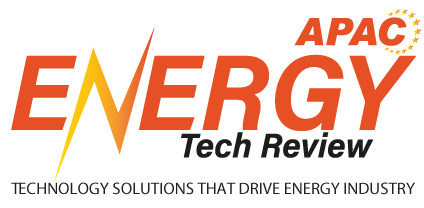 Ben Schlemmermeier, Co-Founder and Managing Director
Ben Schlemmermeier, Co-Founder and Managing DirectorThe company undertakes rigorous due diligence for any wind site listed on the marketplace. Once complete, the company implements clear timelines and rule-based allocation procedures. In an industry long plagued by delays and guesswork, this has won Caeli Wind support on all sides. The process also levels the field, where developers and investors gain direct access to verified sites, whether early-stage greenfield opportunities or ready-to-build projects, with landowners benefiting from stronger demand thanks to independent validation.
“We set out to build a marketplace that balances the interests of developers, investors, and landowners,” says Ben Schlemmermeier, co-founder and managing director. “By combining digital tools with transparent processes, we help developers build faster, investors commit with greater certainty, and landowners bring their sites into projects on fair terms.”
Each verified project is introduced to the market through structured auctions, ensuring open competition and fairness. The process is supported by Caeli Wind’s proprietary INFRA tool, which integrates planning law and environmental checks, wind resource modelling, and geospatial analysis.
The analytics, alongside AI-driven algorithms, help scan large areas for potential sites, assessing wind speeds and grid accessibility, all while staying compliant with relevant planning and environmental regulations. Candidate sites are then modelled as digital twins, allowing users to forecast energy yield, evaluate construction feasibility, and estimate economic returns. For landowners, the process presents evidence-based valuations, while developers gain decision-ready projects without the standard burden of prolonged preliminary investigations. The process screens out unsuitable sites, reducing permitting risks and sparing all parties the effort of pursuing projects with minimal chance of success.
The managed approach is particularly valuable for landowners, who often lack the expertise to market a site independently. Caeli Wind supports them from the initial suitability screening to securing a development partner, through auction or direct allocation. In many cases, the company has facilitated the aggregation of neighbouring parcels, transforming fragmented holdings into larger and more attractive projects. This approach has increased landowner returns while enabling developers to benefit from economies of scale.
-
We set out to build a marketplace that balances the interests of developers, investors, and landowners. By combining digital tools with transparent processes, we help developers build faster, investors commit with greater certainty, and landowners bring their sites into projects on fair terms
Today, the company has set out to extend these benefits beyond Germany, operating under the “Caeli” brand in the UK. There, it has opened new avenues for landowners and developers to market suitable sites and secure vetted projects, respectively. The company’s digital infrastructure and leadership team, including Schlemmermeier alongside fellow managing directors Heiko Bartels and Andreas Rieckhoff, ensured a smooth transition while adapting to local regulatory and grid framework challenges.
Whether in the UK or anywhere else, fairness in allocation remains a cornerstone of the model. Auctions run on fully digital, predefined rules and timelines, ensuring equal conditions for all participants. Direct allocations are made in accordance with documented criteria and, where applicable, are supported by an independent legal review. Industry stakeholders have recognised its contribution to reducing uncertainty and building trust across the sector.
In one instance, a municipal landowner with fragmented parcels once struggled to attract serious developer interest. Using the INFRA tool, Caeli Wind assessed the parcels, aggregated them into a single viable footprint, and launched a competitive auction. Multiple Tier-1 developers submitted bids, with the winning offer exceeding expectations.
Caeli Wind has shown how digital innovation and transparent processes can accelerate the development of renewable energy. It’s reshaping how landowners, developers, and investors engage, enabling projects to advance with greater speed and certainty while reducing friction in an industry critical to the green initiative.





